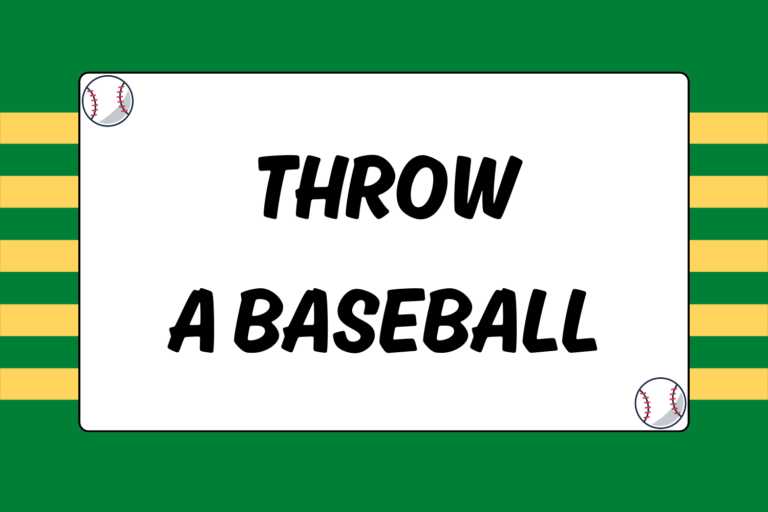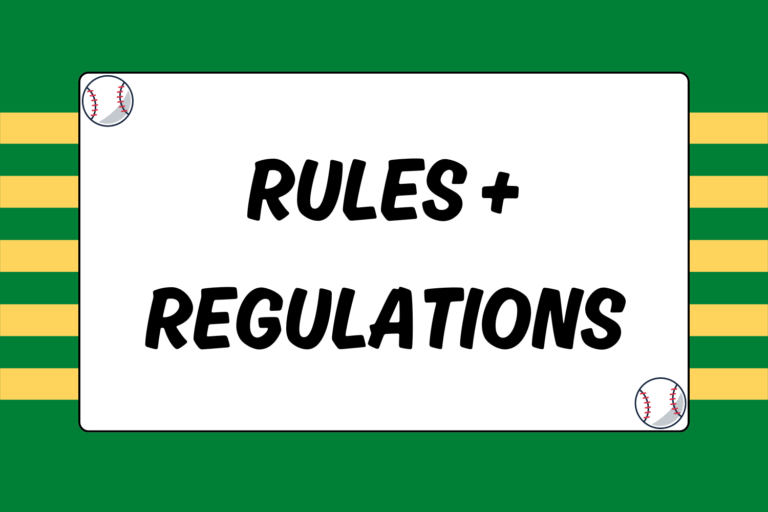Baseball purists have always argued that you can learn everything you need to know about a given baseball game by reading the box score. Indeed, virtually everything that happens during a game can be recorded on the score sheet and categorized numerically. Recently, fans and analysts have utilized technological advances to create new, often more complex ways to evaluate player performance.
We are now in the midst of what could legitimately be deemed a statistical revolution. And in order for us as players and fans to keep up with the trends of the sport, we must acquaint ourselves with some of these brand new stats.
What follows is an overview of some of baseball’s most advanced pitching statistics. This list outlines just a handful of the dozens of innovative pitching stats in use today. These particular statistics were chosen to represent an accurate cross-section of the type of analysis currently being employed by baseball statisticians.
Earned Run Average (ERA)
One of the oldest and most well-known barometers of individual pitching success, ERA calculates the average number of earned runs a pitcher gives up per nine innings. An earned run is defined as any run for which the pitcher is accountable; in other words, it discounts runs that score as the direct result of a defensive error or passed ball. It uses the following formula:
ERA = (earned runs × 9) ÷ innings pitched
While ERA is still widely used, many statisticians consider it a flawed stat that is too dependent on factors a pitcher cannot directly control. As a result, several stat innovators have developed more complex iterations of ERA, designed to eliminate defensive factors (two of which will be covered later).
Walks Plus Hits per Innings Pitched (WHIP)
WHIP, invented in 1979, is much newer than ERA, but it has been accepted into the mainstream to a greater extent than many of the advanced stats to follow. WHIP is calculated exactly as its name suggests:
WHIP = (bases on balls + hits) ÷ innings pitched
Essentially, WHIP measures the average number of base runners a pitcher allows. This is considered a useful measure of the level of risk involved with bringing a pitcher into the game. The obvious drawback to WHIP is that it does not at all account for runs allowed. This is an issue because, ultimately, a pitcher’s job is to prevent runs. Nonetheless, WHIP has become a highly regarded evaluator of performance.
Strikeout to Walk Ratio (K/BB)
Another statistic that’s fairly self-explanatory, K/BB ratio is found by dividing a pitcher’s strikeouts by his bases on balls. This ratio is a useful stat because it measures both accuracy and effectiveness. Recently, the significance of the K/BB ratio has grown, because of many statisticians’ desire to remove defense from the equation when evaluating pitching.
In this spirit, strikeouts are the “ideal” type of out — because they don’t involve the defense — while walks are essentially free bases that only the pitcher can control. In essence, luck has very little bearing on K/BB ratio. A “good” K/BB ratio varies depending on the level of play. Generally, though, anything better than 2:1 is considered respectable.
Quality Starts
This stat was first conceived in 1985 as a reaction to the conundrum of gauging the success of a starting pitcher based on his record. Pitchers frequently receive wins despite pitching poorly; or they find themselves on the losing end despite an excellent outing.
A quality start occurs when a starting pitcher completes at least six innings, and allows no more than three earned runs. While it’s possible to accumulate quality starts without being an elite pitcher, this stat effectively removes outside factors such as fielding errors, the effectiveness of the bullpen, and run support.
Runs Prevented
The term “Sabermetrics” is derived from the acronym SABR (the Society of American Baseball Research). The concept was pioneered most famously by stat-innovator Bill James, who defined Sabermetrics as “the search for objective knowledge about baseball.” Sabermetric stats have been in use since the early 1980s, but only in the last decade have they penetrated the mainstream.
Essentially, this stat measures how many runs a pitcher allows, compared to the league average. It’s comparable to “runs above average,” another Sabermetric stat that measures a pitcher with respect to the rest of the league. (To a certain extent, “runs prevented” is the pitching counterpart of “runs created” in that it determines a pitcher’s numerical value to his team.
To calculate it, you must first find the average runs allowed in a given league. Then, a pitcher’s runs prevented is the difference between his total runs allowed and the number of runs allowed by an average pitcher in that league. Therefore, if the number is greater than zero, the pitcher prevented that many runs, and if the number is less than zero, the pitcher allowed that many extra runs.
Defense-Independent Pitching Stats
This is a category of stats that are designed to measure a pitcher’s performance based solely on plays that he controls. Therefore, DIPS formulas only feature stats that do not involve fielders, including:
- Home runs allowed
- Strikeouts
- Walks
- Hit batters
Using slightly different formulas, several Sabermetric statisticians have developed new stats to measure pitching independent of defensive factors. Here are two of the most prevalent examples:
Defense-Independent ERA (DERA)
Created in 1999 by sabermetrician Voros McCracken, defense-independent ERA attempts to predict what a pitcher’s ERA would be without the impact of luck and defensive factors. It’s calculated by using an exceptionally complex, multi-step formula that incorporates the four statistics listed above, as well as total batters faced. Essentially, it neutralizes defense from the games in which a pitcher appeared in order to calculate more accurately the number of runs for which that pitcher is accountable.
Fielding Independent Pitching (FIP)
FIP was invented by Tom Tango with intentions identical to McCracken’s. It attempts to determine an ERA that is a measure of only that which a pitcher is solely responsible. It also incorporates a league-specific factor in order to round the number out to an equivalent ERA. The formula, however, is much simpler than that of defense-independent ERA:
FIP = [(home runs × 13) + [(bases on balls + hit by pitch – intentional bases on balls) × 3] – (strikeouts × 2)] ÷ innings pitched
Wins Above Replacement (WAR)
WAR can be calculated for both pitchers and position players. It goes a step further than the defense-independent pitching stats listed above, to calculate exactly how many wins an individual pitcher is worth to his team above the replacement level. “Replacement level” refers to a caliber of talent that is readily available to any team in a given league, and is typically well below what would be considered average. To figure out WAR, the general standard is to use a replacement level winning percentage of .380.
To calculate WAR, you start by determining how many runs equal one win. This utilizes an extremely complicated formula that incorporates a pitcher’s FIP (or DERA), as well as his average innings pitched per start. The resulting number reflects how many runs that pitcher must save in order to get credit for one win.
Then take the pitcher’s FIP and subtract it from the league-average FIP, and then divide that number by the number of runs needed for one win (from the previous paragraph). The result will be a fraction; add that to .500 to find the pitcher’s winning percentage. Then subtract .380 from that number to find the pitcher’s winning percentage above replacement level per nine innings. Finally, multiply the resulting figure by the pitcher’s total innings pitched, and then divide by nine. The result is WAR, expressed as the number of wins that pitcher is worth.
Crunch the Numbers
Although many of them are fairly new to the baseball lexicon, the pitching stats listed here represent the recent statistical trends in the game. Ultimately, they have all stemmed from the desire to evaluate pitchers as objectively as possible, removing outside factors. Now that you have a basic introduction, hopefully you don’t feel too overwhelmed by the Sabermetric Revolution. And although it’s never a good idea to worry about your stats as a player, it’s also important to keep up with new innovations in the game.





